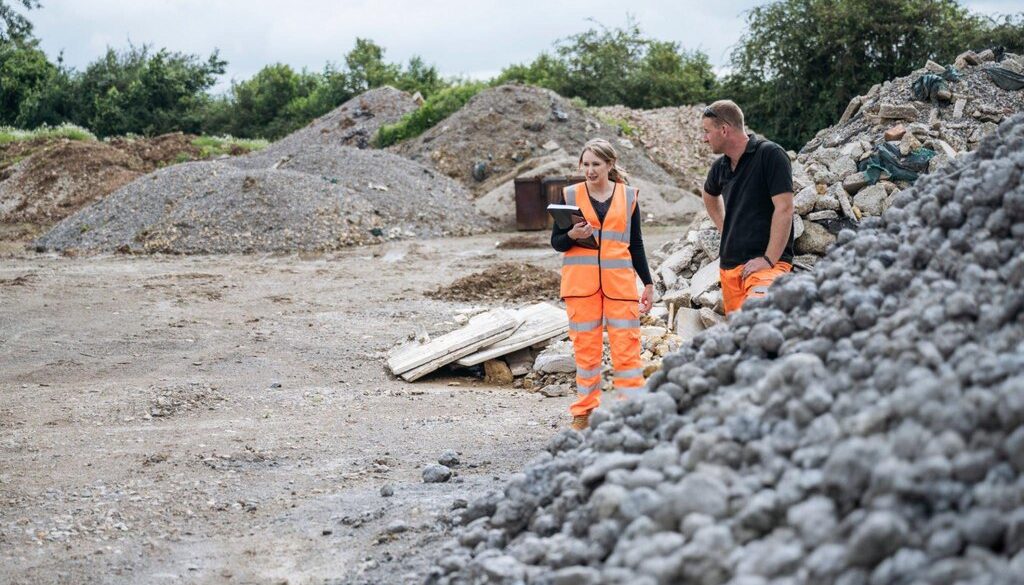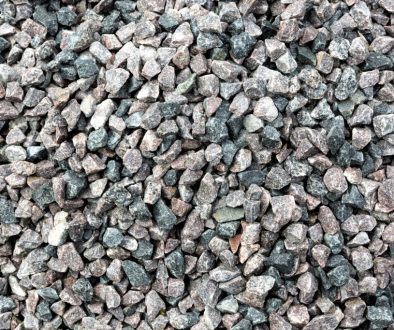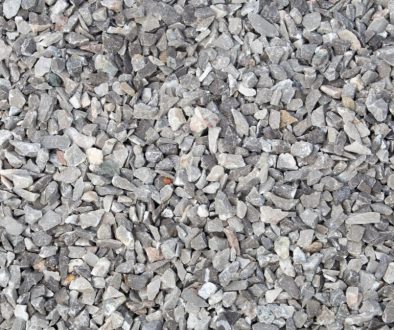Concrete projects rely on aggregates as a fundamental component, playing a role much like the foundation beneath a house. Aggregates form about 60% to 75% of the total volume of concrete, which makes them indispensable. The right choice and quality of aggregates determine concrete’s ultimate strength and durability. Yet, these little stones often bring big challenges.
From contamination to inconsistent sizes, the problems they pose can feel endless. Managing these issues ensures successful construction outcomes, particularly when dealing with local projects across Cheshire, UK. Understanding and addressing these common hurdles sets the stage for lasting, concrete structures.
Concrete might seem straightforward, but when problems with aggregates arise, it can mean trouble. Identifying these problems early on can save time and resources. Many projects suffer due to contamination, poor quality, or inconsistent aggregate sizes. But how can you tell there’s an issue if the stones look fine on the surface? Knowing what to watch for and acting before it spirals out of control is key to your project’s success.
Identifying Common Problems with Aggregates
When using aggregates, a few issues can disrupt your project. Let’s examine these troubles and the telltale signs to look for:
– Contamination: Foreign materials like wood, plastic, or even soil can sneak in. These impurities lower concrete strength and can lead to future breakdowns.
– Poor Quality: Aggregates that are weak or fractured can crumble under pressure. The outcome? Cracks in concrete that could have been prevented.
– Inconsistent Sizes: A varied mix might create gaps or cause uneven drying, which compromises strength.
Spotting these problems early helps keep things on track. Here’s how you can stay vigilant:
1. Visual Inspection: Before mixing begins, always look closely. Contaminants can often be spotted with the naked eye.
2. Test Sampling: Uniformity and size can be tested using a sieve analysis. This ensures no odd sizes are slipping through.
3. Ask Questions: Always be curious about your supplier. Ask about the source and how they ensure quality.
By taking these steps, most issues can be tackled well before they become major problems for your concrete project.
Solutions for Contamination in Aggregates
Contamination in aggregates can feel frustrating, but there are straightforward solutions. Keep these strategies in mind:
– Detect With Precision: A simple inspection of materials can often uncover unwanted elements. Keep an eye out for off-colour rocks or materials that seem out of place.
– Effective Cleaning: Using water baths or mechanical screens will help wash away smaller contaminants. This process fine-tunes your aggregate supply, leaving you with what you need.
– Choose Wisely: Sourcing from reputable suppliers within Cheshire is vital. This decision adds a layer of assurance in quality, meaning fewer surprises later on.
Following these methods ensures that what ends up in your concrete mix is exactly what you need. Handling aggregates with care means laying a strong foundation, ensuring durability, and reducing the risks of future problems.
Ensuring Consistent Aggregate Quality
Quality is the backbone of any successful concrete project. Ensuring consistency in aggregates plays a pivotal role in achieving the desired results. Maintaining this consistency isn’t as complicated as it might seem. Here’s how you can manage it:
– On-Site Inspections: Regular on-site inspections help assess the aggregates for size, cleanliness, and quality. Having dedicated checks before each batch is mixed into concrete ensures there are no surprises.
– Laboratory Testing: Every so often, sending samples to a lab will give you the technical assurance you need. These tests can examine strength indices and reveal any potential issues with the aggregates you might miss visually.
– Standardising Procedures: Establishing a standard operating procedure for checking and maintaining quality controls is pivotal. Keep records of inspections and test results to track any trends or recurring issues.
High-quality aggregates mean your concrete won’t just meet expectations but exceed them in longevity and strength. Following these steps ensures what ends up in the mix is top-grade, providing a sturdy foundation every time.
Optimising Aggregate Mixing and Handling
Proper mixing techniques for aggregates can’t be overstated. Changes in procedure can prevent segregation and ensure a uniform mix. Here are some tips for getting it right:
– Mixing Techniques: Gradually add aggregates to the cement to prevent clumping. Maintaining a consistent technique across batches is key.
– Moisture Control: Moisture impacts the final consistency of concrete. Ensure aggregates are stored in a manner that keeps them dry until needed, preventing unwanted water absorption.
– Storage and Handling: Store aggregates in a covered area, away from contaminants. Elevate storage areas to prevent water pooling and keep them organised to avoid mixing different sizes.
By adopting these strategies, you can ensure your aggregates are mixed and handled correctly, resulting in concrete with uniform properties and maximum strength.
Avoiding Common Mistakes
Even with all the checks in place, mistakes happen. Knowing some frequent errors can keep them from affecting your work:
– Overlooking Size Consistency: Don’t mix different sized aggregates without understanding their impact on the final product. Stick to your chosen size to avoid reducing concrete strength.
– Ignoring Storage Conditions: Remember, aggregates need protection from the elements. Leaving them exposed can lead to contamination and unwanted moisture absorption.
– Skipping Regular Checks: Consistent monitoring is important to maintain quality. If skipped, potential issues could snowball into something larger.
Professional services can alleviate these concerns. They can ensure that waste materials are efficiently removed, keeping the site safe and clean.
Stone Troubles: Concrete Aggregate Solutions
Aggregates in concrete mean more than just filling space; they define the structure’s strength and durability in Cheshire projects. Staying ahead by ensuring aggregation quality, proper mixing, and thorough inspections prevents issues before they become costly fixes. By addressing these areas, your projects won’t just be built—they’ll be built to last.
Concrete projects thrive on the consistent quality and smart handling of aggregates. However, ensuring that everything goes off without a hitch can sometimes require an extra hand. For projects in Cheshire, streamline your process with efficient services, avoiding the pitfalls of waste mismanagement.
Tap into local expertise for reliable solutions. Consider using Enviro Skip Hire for your construction needs. Discover how we assist with effective waste management through our skip hire in Chester, ensuring everything moves smoothly and efficiently.




